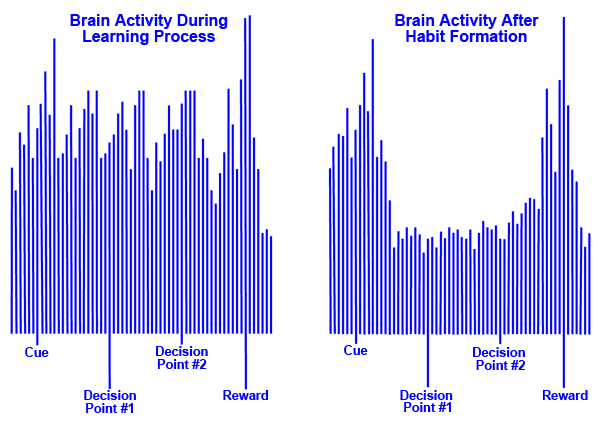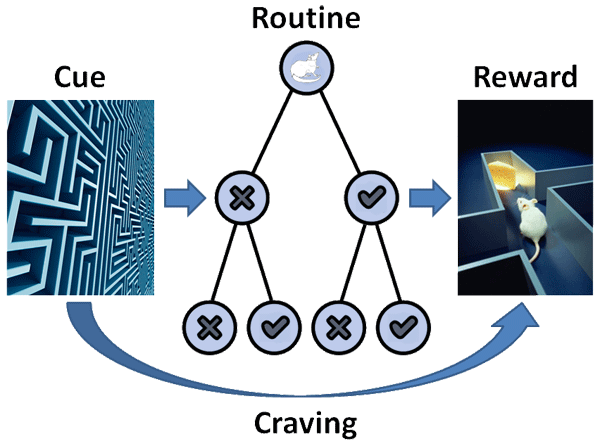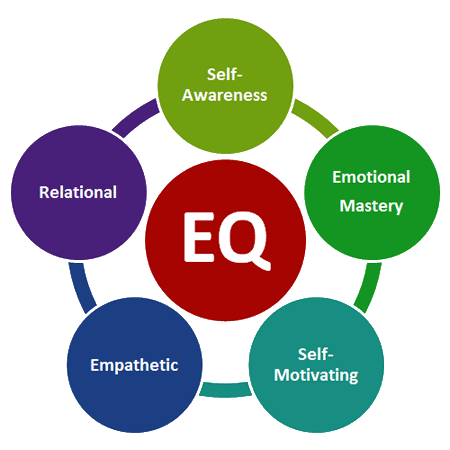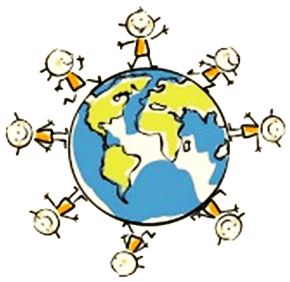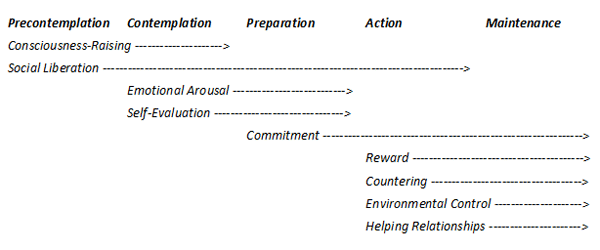 I served as a chaplain years ago at Rex Healthcare in Cary, North Carolina while completing several units of clinical pastoral care curriculum. A major focus of study was a discipline referred to as family systems. Its basic premise is that nothing happens in isolation within a family. Should one member undergo a major shock or change, there is a ripple effect across the entire system. It’s a bit like a mobile – touch one element and the entire structure wiggles and wobbles until it reaches a new equilibrium.
I served as a chaplain years ago at Rex Healthcare in Cary, North Carolina while completing several units of clinical pastoral care curriculum. A major focus of study was a discipline referred to as family systems. Its basic premise is that nothing happens in isolation within a family. Should one member undergo a major shock or change, there is a ripple effect across the entire system. It’s a bit like a mobile – touch one element and the entire structure wiggles and wobbles until it reaches a new equilibrium.
We used Dr. Ronald Richardson’s Family Ties That Bind as a reference text. It’s well worth a read even if you never plan to provide pastoral care. It creates a framework through which you can better understand yourself and your relationship to folks in close orbit.
Richardson reminds us that every family and every relationship has rules – whether spoken or unspoken. When members play by the rules, the family experiences harmony and balance. (The “mobile” is steady.)
Young children learn the rules overtly or through punishment for transgression, the most effective of which is withdrawal of affection. Because children are so dependent on their parents, they’ll suppress the objectionable parts of themselves rather than risk alienation. Home-grown family members tend to assimilate the rules readily. Members by marriage may face significant challenges!
Of course, no two people can share an intimate relationship without unearthing substantive differences between them. Difference evokes anxiety to a greater or lesser degree; sameness feels comfortable and validating. So, it’s not uncommon to put forth subtle (or not so subtle) cues to try and get our partners to be more like us. Unfortunately, our partners’ responses may not be forwarding:
- Compliant ones respond to the pressure by going along to get along. They stuff their personal predilections and behave as though there is no difference. While this approach creates the illusion of closeness, the parties never get the opportunity to know themselves or one another.
- Rebels fear conformity yet lack the security to move forward independently. They remain stuck in conflict with the party or parties against whom they’re trying to take a stand. The gap between the parties widens. And while fighting against the “other,” rebels never set their own goals and pursue their own paths.
- Isolationists withdraw – either physically or emotionally – because they cannot be close without experiencing a great deal of anxiety. They may feel powerless to change the dynamic and simply deny their need for connection.
As tensions escalate between a pair, one may attempt to establish a triangle with a third party, a group, or an issue. It allows for the formation of a coalition that brings further pressure on the “other.” It provides additional support and strength to the party who is feeling weak. Common family triangles include Father-Mother-Child (to control the child) and Grandparent-Child-Parent (to control the parent). The appropriate response to tension in relationship calls for doing the hard work of resolving outstanding issues one-on-one without bringing in third parties, outside issues, or so-called “experts.”
True intimacy challenges us to become well-differentiated, emotionally mature individuals. It means that we:
- Gain clarity on our own beliefs and needs without being defensive about them
- Maintain a sense of self when close to others and self-sufficiency when distant
- Appreciate and enjoy difference between ourselves and others
- Live by rules for relationship that make sense for us
- Use facts and feelings to communicate effectively
- Listen attentively and ask for clarification on others’ wants and intentions
- Negotiate resolution to differences without creating “triangles”
- Openly accept responsibility for our mistakes and make amends
- Refuse to play the roles of persecutor, victim, or rescuer
- Own our own upsets, distress, needs, etc. rather than blame others or circumstances for them
- Develop healthy ways to cope with anxiety


